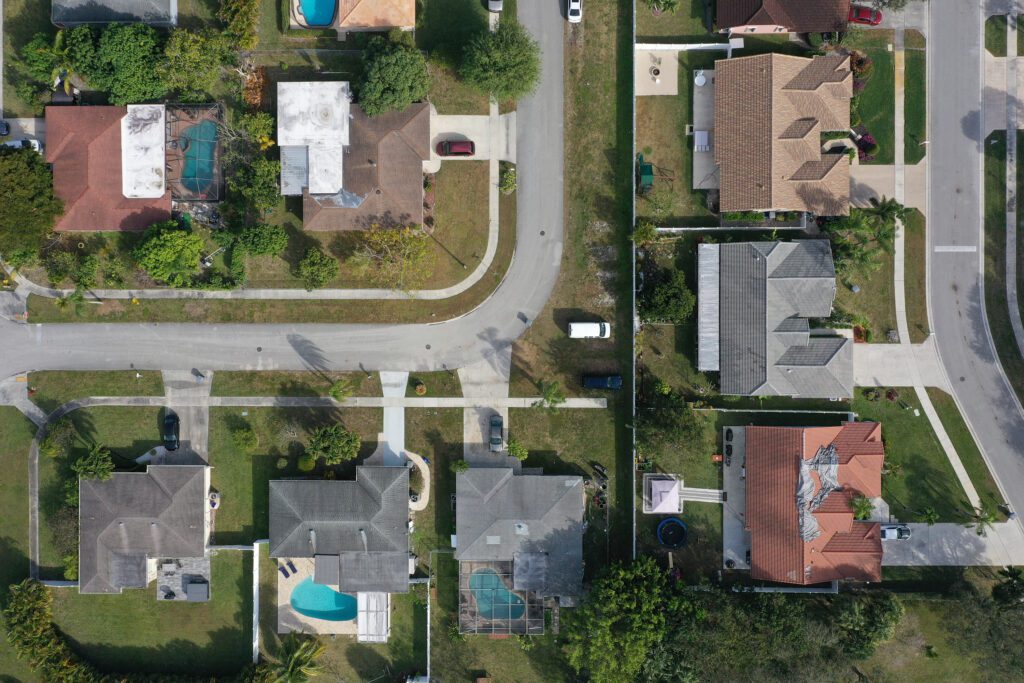Florida Housing Market Faces Persistent Weakness Amid Shifting Dynamics
The Florida housing market, once a beacon of rapid growth, is showing signs of persistent weakness, raising concerns among industry leaders and experts. The largest U.S. homebuilder, D.R. Horton, recently highlighted these challenges, particularly in the Sunshine State, where the housing sector is undergoing significant shifts.
Ongoing Decline in Florida’s Housing Market
D.R. Horton’s Chief Operating Officer, Michael Murray, shared insights during a recent earnings call, emphasizing the unique struggles in Florida compared to other regions. He stated:
"There’s been a lot of a change in the dynamic in the Florida markets. And perhaps most so there. Other markets continue to be consistent performers where there’s been limited inventory and limited development of lots. And housing production continues to see strong demand in those markets."
This shift corresponds with the company’s third-quarter report revealing a 10% year-over-year drop in net sales within its Southeast division, signaling a clear slowdown in Florida’s real estate sector.
Why Florida’s Housing Market Struggles Matter
Florida’s housing market challenges stand out nationwide due to several key factors:
- Substantial Price Drops: Median home prices have fallen by 2.2% year-over-year as of June 2024, dropping to $410,400.
- Slower Sales: The number of sold homes declined by 3.2%, while the median days on market increased from 57 to 70.
- Rising Inventory: The market is experiencing a build-up of unsold homes, creating pressure on prices.
Compared to the overall U.S. housing market, where home prices slightly increased by 1.0% during the same period, Florida’s downturn is particularly alarming. South Florida has even been labeled the "epicenter of housing market weakness in the United States" by industry economists.
Key Factors Impacting Florida’s Housing Market
Several elements contribute to Florida’s real estate challenges:
- Post-Pandemic Migration Slowdown: Florida experienced an influx of new residents during the COVID-19 pandemic, making it the top destination for domestic movers in early 2020 (HireAHelper.com). However, this growth is now tapering off, dampening demand.
- Economic and Mortgage Rate Pressures: Rising mortgage rates, currently near 6.8%, have reduced affordability and discouraged buyers. This mirrors a nationwide trend where high rates limit purchasing power.
- Regional Market Variability: Areas like Fort Myers, Lakeland, Naples, Jacksonville, Orlando, Sarasota, Tampa, and West Palm Beach are witnessing weaker sales and slipping home values, as reported by John Burns Research and Consulting (JBREC).
Expert Perspectives on Market Trends
Real estate specialists provide valuable context on these developments:
- Chen Zhao, Head of Economics Research at Redfin, remarked on Florida’s uniquely severe market conditions:
“South Florida is the epicenter of housing market weakness in the United States. The question for the rest of the country is, will this spread? Florida is uniquely bad right now.”
- Tim Weisheyer, 2025 Florida Realtors President, shared his outlook:
“Florida’s single-family home market is adjusting to a new normal. Elevated mortgage rates have made some buyers more cautious, and the surge of domestic in-migration we saw during the pandemic is leveling off.”
The Future Outlook for Florida and National Housing Markets
According to Redfin’s market forecast:
- National home prices are projected to decline by roughly 1% by the end of 2024.
- Mortgage rates are expected to remain steady near 6.8%.
There is potential for positive change, however. Analysts suggest that if mortgage rates drop to around 6%, an additional 5.5 million households could enter the housing market, potentially revitalizing demand. This is considered a "magic mortgage number" that may spur increased buying activity.
Summary: Challenges and Opportunities Ahead
Florida’s housing market faces a period of adjustment characterized by:
- Declining prices and sales,
- Rising inventory levels,
- The cooling of pandemic-driven migration,
- Continued impact of elevated mortgage rates.
While these issues reflect broader national trends, Florida’s situation remains a cautionary example of market vulnerability. Stakeholders will be closely watching mortgage rate movements and economic indicators to gauge the potential for recovery in the coming months.
Image Caption

Homes in a neighborhood in Pembroke Pines, Florida. Photo credit: Joe Raedle/Getty Images
For ongoing updates on Florida’s housing market and national real estate trends, visit Newsweek’s real estate section.


